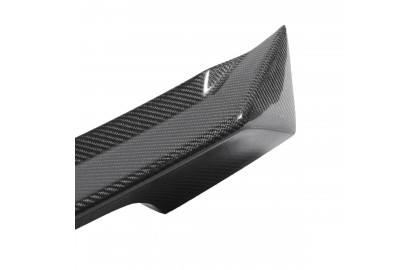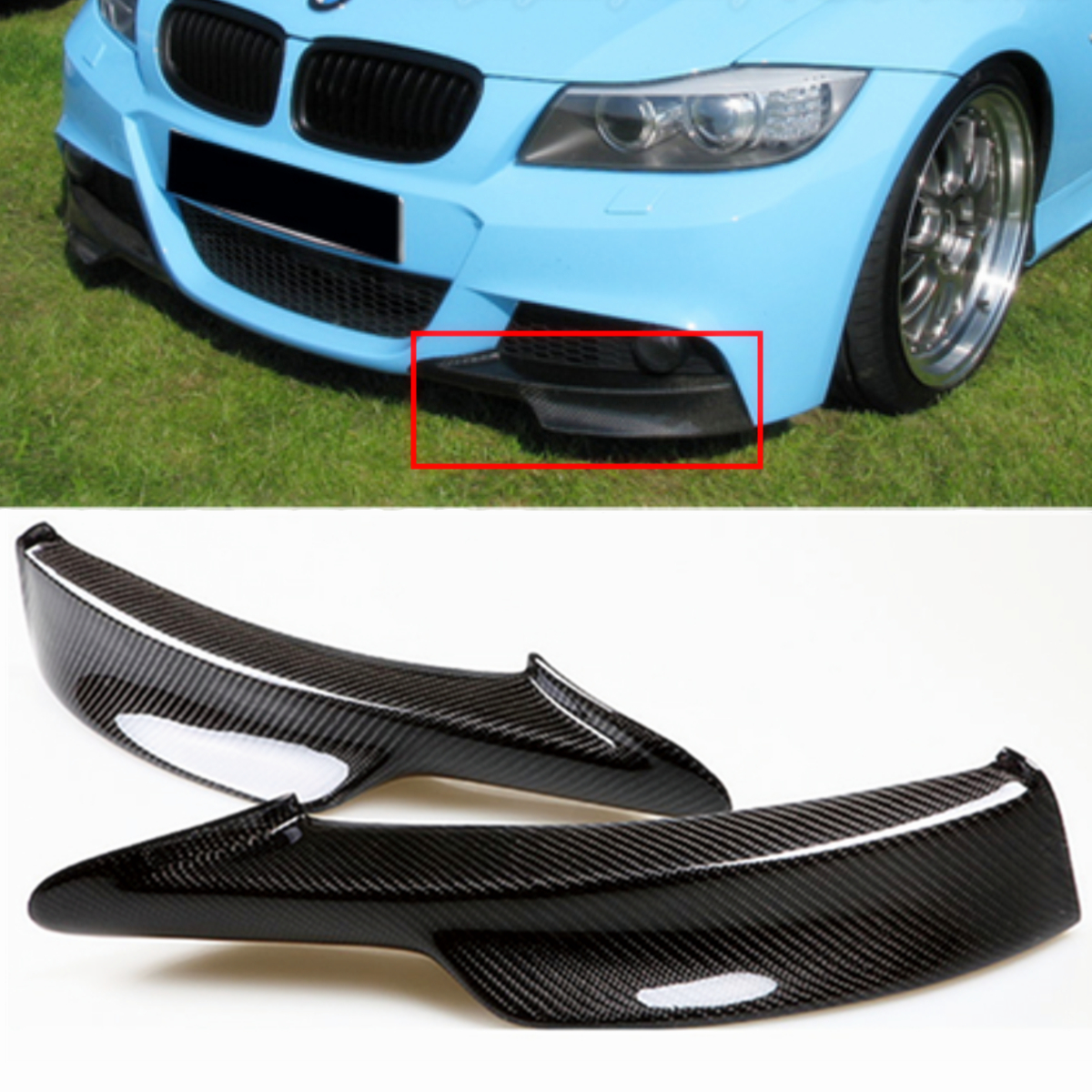Analysis of the aerodynamic characteristics of the car - diffuser: double-layer diffuser


Analysis of the aerodynamic characteristics of the car - diffuser: double-layer diffuser
What is a diffuser?
For the current F1 car, the chassis, engine and suspension are the necessary components of a car, and the rest of the components are installed to meet the needs of aerodynamics, which is what we often call "aerodynamic kits". ".
These kits can be divided into two categories, one is the device directly used to generate aerodynamic negative lift, including the front wing, rear wing and diffuser. In terms of pressure ratio, the downforce generated by the front wing accounts for 30% of the total downforce. , the rear wing accounts for 30%, and the diffuser accounts for 40%.
The other type is an auxiliary device used to improve the working efficiency of the front, rear wings and diffuser. This device indirectly improves the aerodynamic performance of the car by improving the transmission efficiency of the airflow, including the nose cone and the diversion below it. panels, deflectors in front of the sidepods, etc.
The diffuser is a large scoop-shaped part located at the rear end of the floorpanel. In modern racing cars, the diffuser mainly uses the principle that the fluid velocity is inversely proportional to the pressure, combs the airflow in the lower part of the racing car chassis and then quickly exports it to increase the speed of the airflow in the lower part of the racing car chassis, thereby forming a low-pressure area to enhance the downforce of the racing car Effect. The understanding of the image is to quickly diffuse and export the air to accelerate the flow of air. The higher the air velocity, the smaller the air pressure perpendicular to the air flow.
This kind of device is loaded on the bottom of the car, so that the air pressure of the upper part of the car is greater than the air pressure of the bottom, thereby forming an air pressure difference, so that the car generates a pressure toward the ground, that is, the so-called increased downforce, so that the car tires have a lot of pressure. good grip.
Simply put, a diffuser is a device that increases the downforce of a car by "pumping air".
How to improve the working efficiency of the diffuser?
For a diffuser, the larger the volume of the diffuser, the more negative lift it can provide for the car. In layman's terms, if the size of a diffuser is large enough, it will attract more gas to fill this huge gap when it works, so that it can drive the acceleration of the airflow under the chassis to a greater extent. , the "pumping" efficiency of the diffuser can be more prominent. (That is, the bigger the better!)
For F1 cars before 2009, the rules are not as strict as today, so cars before 2009 are equipped with larger diffusers, because larger diffusers can obtain more negative lift.
However, in 2009, the situation began to turn around. In order to increase the chance of overtaking and improve the viewing experience of the game, the FIA launched a vigorous technical reform. dynamics. In terms of aerodynamics, the front wing is lowered and widened, the rear wing is narrowed and raised, and the size of the diffuser is limited. In this installment, we focus on the changes to the diffuser.
Define several reference coordinates of diffuser: body centerline, rear wheel centerline (rear axis) and datum plane.
As part of the "buck" overhaul, the FIA has made rather complex improvements to the diffuser for 2009. The diffuser under the new rules tends to a more standard shape, eliminating the difference in height between the central airflow channel and the outer channels. And all three tunnels have been raised, the diffuser used to be 125mm tall and increased to 175mm in 2009. At the same time, the diffuser as a whole has been moved back significantly. In the past, the trailing edge of the diffuser was basically at the same level as the rear axle. In 2009, the distance from the rear axle was 350mm.
In the end, the FIA mentally limited the diffuser to a three-dimensional space of 1000mm wide, 350mm long and 175mm high.
